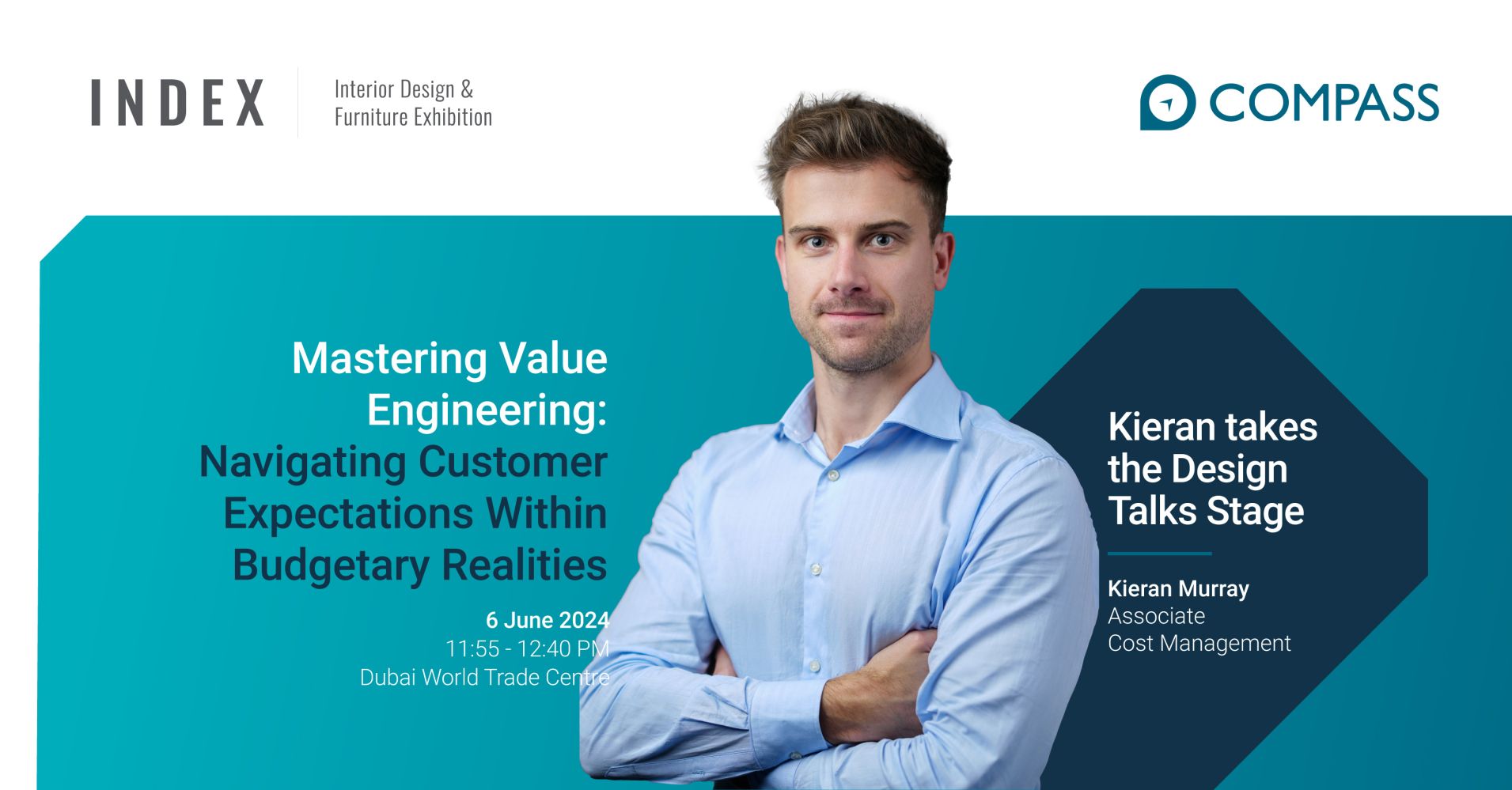To personalize your experience, this website uses cookies. Cookies Policy 
What are you looking for
News
04 Jun 2024
In the fast-paced world of interior design, value engineering has emerged as a critical practice for delivering high-quality projects that meet both aesthetic and budgetary requirements. At the upcoming INDEX panel this week, industry experts will delve into this topic, shedding light on innovative strategies and practical approaches.
Value engineering is all about optimizing project outcomes by balancing cost and quality. It involves a systematic approach to improving the value of a project by evaluating and analyzing all project elements. The goal? To ensure that the final design not only meets client expectations but also aligns with budget constraints.
Join the panel to understand the nuanced interplay between client desires and budget limitations in value engineering; how intelligent implementation of value engineering can elevate aesthetic and functional excellence; and explore practical strategies for balancing cost and quality without compromising the integrity of design.

Balancing Client Desires and Budget Limitations
One of the biggest challenges in interior design is navigating the often conflicting priorities of client desires and budget limitations. Clients typically have high expectations for their projects, wanting the best materials and most cutting-edge designs. However, these aspirations can quickly inflate project costs, making it difficult to stay within budget.
Innovative Approaches to Value Engineering
Prioritizing Key Elements: Not all elements of a design are created equal. By identifying and prioritizing the most critical aspects of a project, designers can allocate resources more effectively, ensuring that the most important features are not compromised.
Material Substitution: Often, high-cost materials can be replaced with more affordable alternatives without sacrificing quality. For instance, using engineered stone instead of natural stone can achieve a similar aesthetic at a fraction of the cost.
Efficient Space Planning: Good design isn't just about the materials used; it's also about how space is utilized. Efficient space planning can reduce the need for expensive structural modifications and make better use of available resources.
Sustainable Practices: Incorporating sustainable practices and materials can not only reduce costs but also enhance the environmental credentials of a project. This approach is increasingly popular with clients who value eco-friendly designs.
Attending this panel is a must for anyone involved in interior design, from designers to project managers and clients. The insights shared will provide valuable guidance on how to balance high design standards with budget realities, ensuring that projects are both beautiful and financially viable.
To set your project off on the front foot, download our free Cost Benchmark Data reports here.


For better web experience, please use the website in portrait mode
